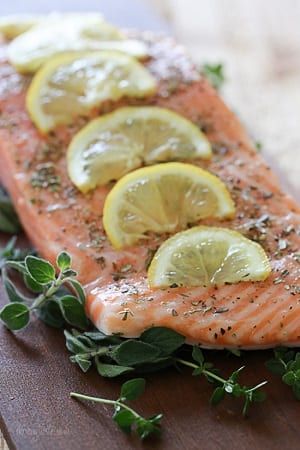We’ve all heard the expression “superfoods.” But what does it mean?
The truth is, no one food can single-handedly improve a poor diet or stave off chronic illness. Physicians and nutrition experts agree that eating a variety of colorful fruits and vegetables is key to good health. It’s also important to limit sodium, saturated fat, and refined sugar.
But certain foods do provide greater health benefits than most. We refer to them as “superfoods.” Add these nutrient-packed nibbles to your diet to make the most of your menu.
When eaten in moderation, raw nuts are a great addition to your diet. Raw almonds, walnuts, cashews, and other nuts provide a hearty dose of fiber and omega-3 fatty acids. They’re also loaded with vitamins and minerals, such as iron, magnesium, and calcium.
Nuts may help lower your risk of heart disease and diabetes, especially when you use them as a protein substitute for red meat. Based on data from multiple studies, experts from the Harvard School of Public Health estimate that substituting nuts, and other healthier proteins, for red or processed meat may reduce your risk of diabetes by up to 35 percent. Choose unsalted nuts to avoid eating too much sodium.
Strawberries, blueberries, and cranberries are loaded with fiber, vitamins, and plant compounds called phytochemicals. These compounds may help lower your risk of developing chronic diseases.
For years, scientists have known that natural antioxidants found in berries may help your body curb stress that comes with aging. A study published in the Journal of Agricultural and Food Chemistry also suggests that berries may help slow age-related memory loss and other changes.
Few foods deliver as many omega-3 fatty acids as salmon does. Low in calories and saturated fat, salmon packs a high-protein punch per serving. It’s also high in B vitamins.
Eating salmon may help slow the growth of artery-clogging plaque in your blood vessels, reduce levels of harmful triglycerides, and lower your blood pressure. According to research from the University of California at Los Angeles, an omega-3 fatty acid found in salmon may also help prevent late-onset Alzheimer’s disease.
Legumes such as peas, lentils, and beans are high in protein and low in fat. They’re good sources of potassium, iron, and phosphorus. They’re also rich in soluble fiber, which can help lower your blood cholesterol and maintain healthy blood sugar levels.
According to researchers at the University of California at San Francisco, a high-fiber diet may help eliminate toxic compounds and carcinogens from your body.
Fresh, leafy green vegetables are usually more flavorful and vitamin-rich than canned or frozen varieties. Broccoli is also among the healthiest. It contains vitamins A and C, and folic acid.
Like other cruciferous veggies, it also contains a cancer-fighting agent called sulforaphane.
A study published in the journal Cancer Epidemiology, Biomarkers & Prevention highlights the potential cancer-fighting benefits of broccoli. People with bladder cancer who ate more broccoli were more likely to survive the eight-year follow-up period than people who ate less.
Quinoa is a small seed that’s native to South America. It makes a fine substitute for white rice or pasta when you’re trying to add more fiber and nutrients to your diet. It’s flavorful, easy to digest, gluten-free, and high in protein.
Quinoa is especially useful if you have type 2 diabetes. It provides as much protein as a bowl of rice, without spiking your blood sugar. According to research published in the Archives of Internal Medicine, daily servings of quinoa and other whole grains may also lower your risk of heart failure.


